Attracting Bees and Butterflies to Your Garden
Saturday, June 17th, 2017If you’re looking to heighten your level of environmental good-deed doing this summer, why not consider establishing a garden or flower bed that welcomes bees and butterflies.
Little thought they are, bees and butterflies are incredibly important to our ecosystem. Did you know that 75 per cent of the food we eat, from fruits and nuts to herbs, need pollinators? Bees do this quite well. The fruit and vegetables you grow will be delightful with more bees around.
Butterflies play an important role in pollinating flowers, especially those that are strongly scented, are red or yellow or those that produce a healthy dose of nectar from which to feed. It’s believed that an abundance of butterflies is a sign that our ecosystem is doing well.
So let’s look at ways to create a bee- and butterfly-friendly space in your garden:
Make a Bee House
Paint a wooden house a bright colour with low-VOC paint. The bees will buzz around and make mental snapshots of their new home before nesting in their new dwelling. Once the temperature hits 12 to 14 degrees C hang the house at eye level out of the rain facing south or east.
Dig down below the soil near your bee house to expose the clay soil. This will encourage the masons to use it as construction material or you can also keep a bowl of moist clay near their house.

Offer Food
Grow a variety of plants that flower at different times. That way there’s always a snack available for them.
Showy flowers are sometimes the worst food providers for bees. Look for native plants or heirloom varieties. Consider planting flowers in clumps. Bees especially love blue, purple, violet, white and yellow. A variety of flower shapes are good for a diverse bee population with different tongue lengths.
Here are a number of bee-friendly plants categorized based on their bloom times. Early bloomers include blueberry, crabapple, foxglove, heather and willow. Good mid-season bloomers for bees are chives, dahlia, lavender and sunflower. Late blooming plants include coneflower, cosmos, pumpkin and sedum.
Butterflies like alyssum, bee balm, delphinium, hollyhock, marigold, nasturtium, phlox, Shasta daisy, verbena and zinnia, among others. Don’t forget to include plants like dill, fennel and milkweed that butterfly larvae feed on.
Create a Bee Bath
Bees and butterflies needs fresh water to survive. Because of the way they’re built, though, they need something to land on when trying to touch down in bird baths and the like. Try lining a shallow bowl with rocks or stones, leaving the rocks to stick out in spots so bees and butterflies have landing pads on which to settle.
The bath should be at ground level in your garden. Better yet, place the bath near your problems plants, those that get aphids and such, and these beneficial insects that are flying in for a drink will also take care of your plant’s pests.
Refresh the water daily.
Sources: www.gardeners.com, www.davidsuzuki.org,

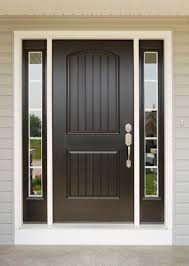
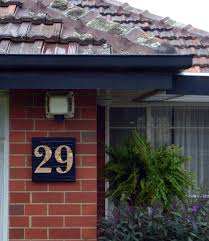 so the pizza delivery person can find you in the dark. Also, try to position the numbers horizontally because they are easier to read than if laid out vertically.
so the pizza delivery person can find you in the dark. Also, try to position the numbers horizontally because they are easier to read than if laid out vertically.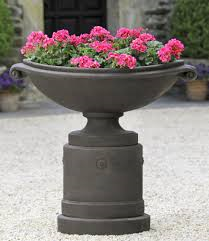
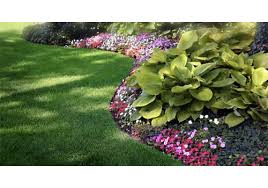
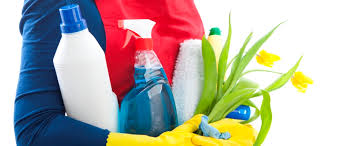


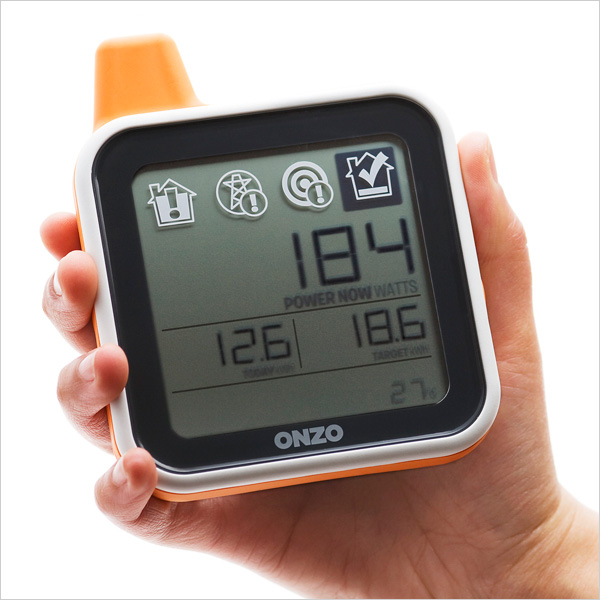 energy
energy
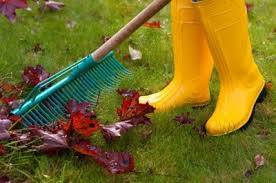
 es or fruit or a mishmash of all three.
es or fruit or a mishmash of all three.
